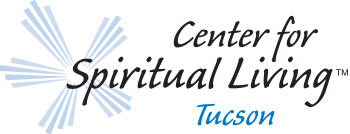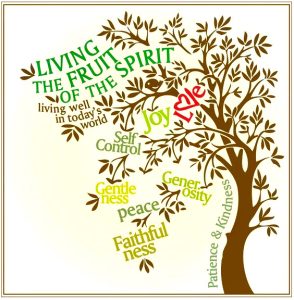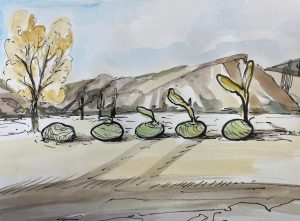 “The world is perhaps at the point of the greatest crisis in all human history, and there seem to be two attitudes we can assume. One is calmness, faith, and conviction; the other would be despair. And despair is unthinkable. Let each, in [their] own way, dedicate [their] time, service, hope, and spiritual conviction to the common cause of liberty and justice for all. And let’s work without tiring and pray without ceasing.” Dr. Ernest Holmes, The Essential Ernest Holmes, p. 179
“The world is perhaps at the point of the greatest crisis in all human history, and there seem to be two attitudes we can assume. One is calmness, faith, and conviction; the other would be despair. And despair is unthinkable. Let each, in [their] own way, dedicate [their] time, service, hope, and spiritual conviction to the common cause of liberty and justice for all. And let’s work without tiring and pray without ceasing.” Dr. Ernest Holmes, The Essential Ernest Holmes, p. 179
The past few weeks have been especially tumultuous politically. The attempted assassination attempt on former Pres. Trump, President Biden withdrawing from the 2024 bid for re-election, and the endorsement of VP Kamala Harris as the Democratic nominee. The tragedy, the sadness, the excitement – a whole world of emotions is at play in this current election cycle. And that is not to mention the platforms the two parties are running on; one creating fear, the other focused on freedom. How do we maintain our balance and focus?
On July 21st, I attended a webinar presented by Centers for Spiritual Living’s Diversity and Inclusion Committee titled, Our Vision, Our Voices, Our Vote; A Practical Guide for Civic Engagement. It started out with the legalities of how a non-profit may engage in the political arena, what they can and cannot publicly endorse. It then shifted to what we can do, as individuals, to be engaged in the discussions we want to have with others that hold a different point of view.
First, they suggested we check in with our own values and they presented CSL’s Values:
Accountability – Open Communication – Financial Health and Prosperity – Integrity – Love – Community Service – Safety – Compassion and Caring – Spiritual Living – Diversity and Inclusivity – Education – Transformation and Evolution – Creativity – Continuous Improvement.
Feel into which of these aligns with your own personal values. I believe this is our starting place; can we find common values with others unlike ourselves? Doesn’t everyone want Financial Health & Prosperity, Education, Safety, and Love, to name a few?
Next, we can be curious. We can take the time to ask questions – remember the 5 W’s? Who, What, When, Where, Why?? With an open heart, we can seek to understand the other’s point of view without compromising our own. With an open mind, we can be flexible and open to new ideas about something. With courage, we can deeply listen and seek to understand, not be understood.
When something comes up that we find uncomfortable or upsetting we can lean into our spiritual practice rather than becoming defensive. We can take a step back (spiritually, mentally, emotionally, and yes, physically) to check in with ourselves. What about this is upsetting? Am I in fear, if so, about what? Leaning into our spiritual practice means we take time to sit in the stillness, find the Love that permeates all things, even those whom we find disagreeable, and center on that Love and Peace, knowing the Unity of all things.
Last week, the CSL Spiritually Motivated Social Engagement (SMSE) Committee published this affirmation in the newsletter:
“Let us affirm together: I am a vessel of peace and love. I choose to radiate compassion, understanding and kindness in all my interactions. My heart is open, my mind is calm, and my spirit is at peace. I attract love, harmony and unity into my life. I spread these gifts to those around me. I am rooted and grounded in love.”
And so it is.
–Sharon Whealy, RScP
 Focus on the things that bring you joy.
Focus on the things that bring you joy.













